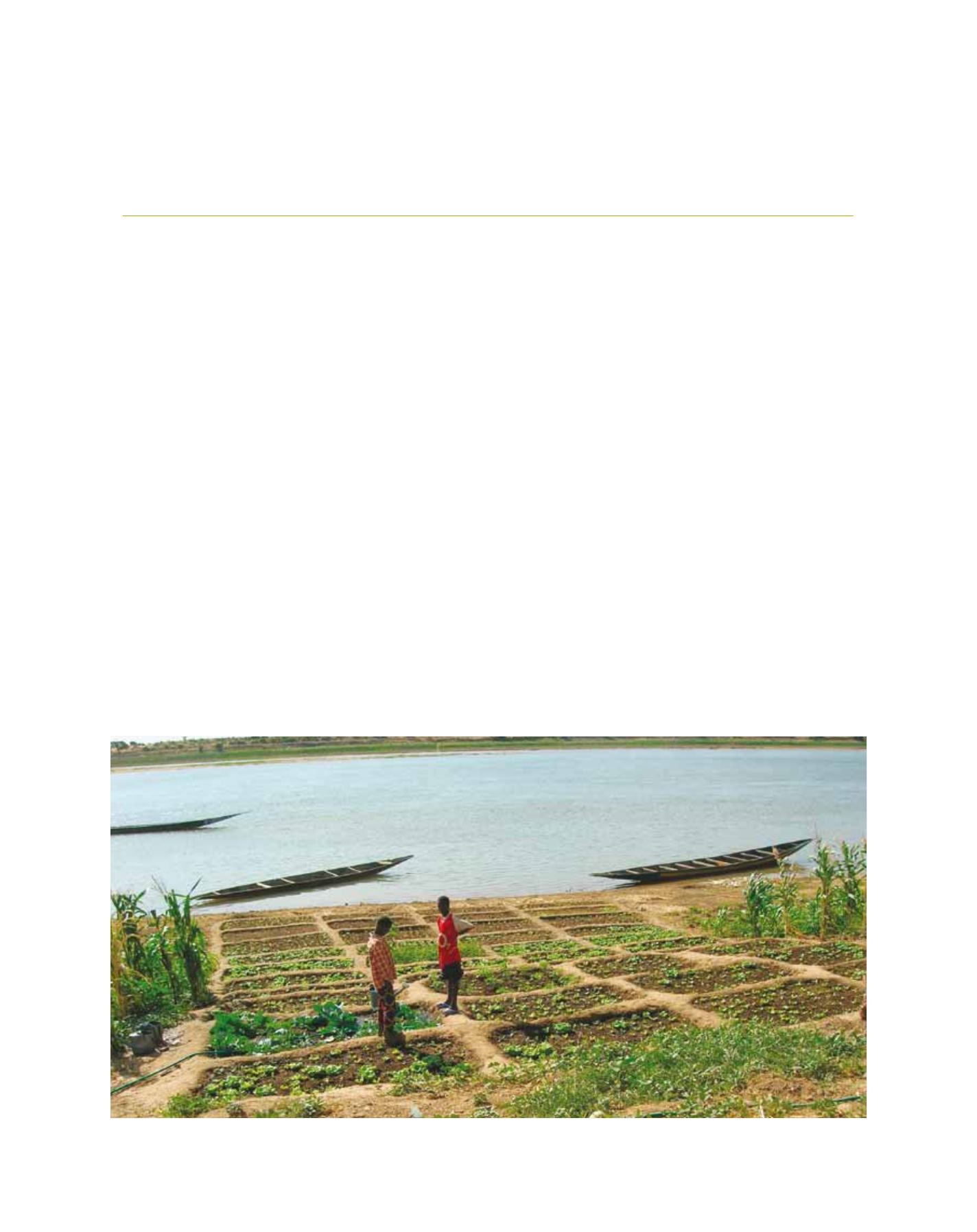

[
] 120
Seasonal forecasting for Africa:
water, health management and capacity building
Philippe Dandin, Jean-Pierre Céron, Isabelle Charon, Jean-Michel Soubeyroux, Yves M. Tourre, Christian Viel, François Vinit,
Météo-France, Direction de la Climatologie; Jean-Claude Bader, Institut de Recherche pour le Développement (IRD);
Michel Déqué, Flore Mounier, Jean-Philippe Piedelièvre, Météo-France and CNRS, Centre National de Recherches Météorologiques;
Laurent Labbé, Centre Africain pour les Applications de la Météorologie au Développement (ACMAD);
Cécile Vignolles, Centre National d’Etudes Spatiales (CNES)
S
easonal forecasting takes advantage of the close and ener-
getic interaction between the ocean and the atmosphere.
The ocean – which forms most of the Earth’s surface – is a
slowly varying-changing component of the Earth system, provid-
ing a signal that can be exploited for prediction at seasonal
timescales. The tropical ocean belt is the primary source of
predictive skill at timescales ranging from weeks to months, with
a direct impact in the tropics. This enables high predictive skill
for seasonal forecasting in many regions of the world, albeit with
very different behaviours.
In Africa, many actors take advantage of seasonal climate informa-
tion, with applications ranging from operational decision processes
to research, education and awareness of climate variability, change
and impacts. A few valuable examples highlight the principles
of the Global Framework for Climate Services (GFCS). Some of
them bring obvious benefit which can be estimated,
or exhibit virtues required by the framework. Others
teach us lessons and shed light on the essential condi-
tions for achieving success in establishing a valuable
seasonal forecasting service – or on a larger scale, a
climate service:
• Find the parameters, areas and time-lags where skill
exists – they can be far from the basic information
routinely handled by national meteorological and
hydrological services (NMHS)
• Bring together a need, users, scientists covering the
domains to be analysed and climatologists
• Share and correlate a few decades of data from
both the application sector and the forecasting
system – needless to say, success comes from
sharing and tenacity.
H
ealth
Traditional cultures along the Senegal River, Kayes, Mali
Image: © IRD
















